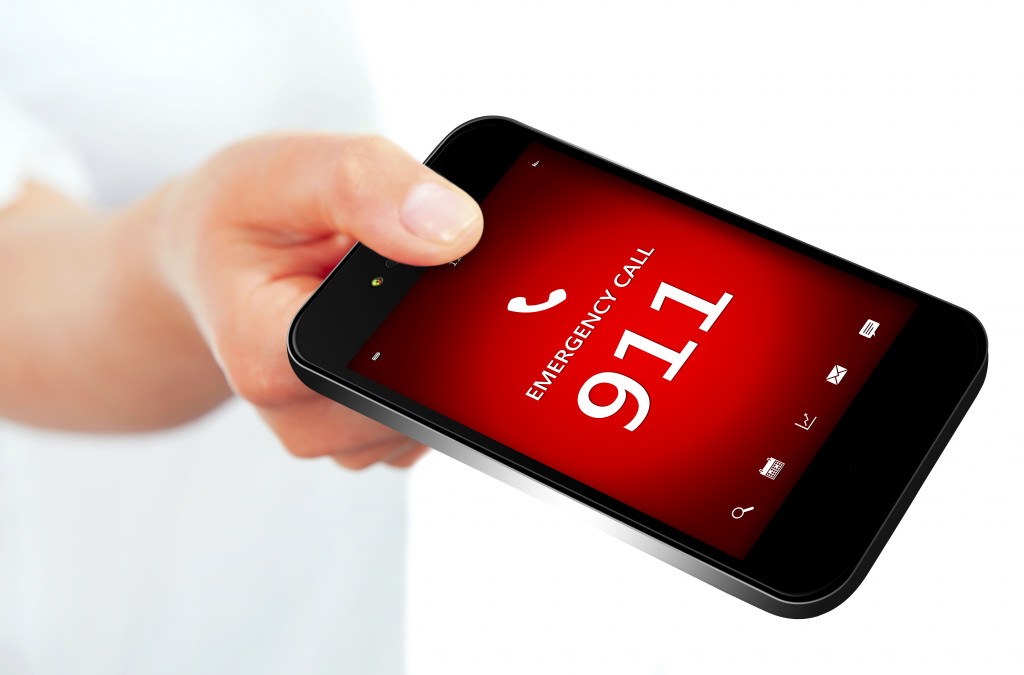It is the responsibility of all parents to ensure the safety and well-being of their children. One crucial way to do this is by creating a safe home environment. This means ensuring that there are no hazards in the home that could cause injury or illness to young children. The house should be a haven for children to explore and play without fear of getting hurt.
Parents can take a few simple steps to create a safe home environment for their children. Here are some tips.
1. Remove potential hazards.
You should remove all potential hazards from your home. This includes cleaning up any spilled liquids, removing loose wires, and making sure that there are no sharp edges on furniture. These hazards can cause serious injury to young children. You should also keep poisonous substances out of reach of children.
Some parents choose to child-proof their homes by installing safety devices such as outlet covers and cabinet locks. It can be a good idea, especially if you have young children in the home. It would be best if you also taught your children about safety. For example, you can show them how to stay away from hot surfaces and identify poisonous substances.
2. Create a safe place for your child to play.
All children need a safe place to play. This can be inside or outside of the home. If you have a backyard, ensure it is fenced in, and there are no potential hazards, such as pools or trampolines. You should also create a safe play space inside the home. This can be in the corner of a room or the basement. The important thing is to ensure there are no potential hazards in the area.
You can also repurpose unused rooms in your home into playrooms for your children. This can be a great way to create a safe and fun environment for them to play in. For example, you could turn your empty garage into a playroom. Your garage door company can help you child-proof the space and make it safe for your children. They can install residential and commercial garage doors designed for maximum safety.
3. Inspect your home regularly.
It would help if you inspected your home regularly for potential hazards. This means checking for loose wires, sharp edges, and spilled liquids. You should also check that all poisonous substances are out of reach of children. If you find any potential hazards, you should remove them immediately.
Some hazards are also seasonal. For example, you should check your home for ice and snow in the winter. These can be slip and fall hazards. You should also check your yard for holes and other potential risks. Always repair any potential hazards immediately.

4. Have a plan in case of an emergency.
It is crucial to have a plan in case of an emergency. This includes knowing how to reach your child if they are not with you and having a list of emergency numbers. It would be best if you also had a plan for what to do in case of a fire, flood, or another disaster. Many parents do not have a plan! This is something you should create as soon as possible.
You also want your child to be prepared in case of an emergency. Teach them how to call 911 and what to do if they cannot find you. You should also have a family meeting to go over the emergency plan. This is something you should do at least once a year.
5. Keep an eye on your child.
It would be best if you always kept an eye on your child. This includes when they are playing and when they are sleeping. You want to make sure that they are safe at all times. Some parents choose to install monitors in their homes. Younger children should always be supervised when they are playing.
You also want to create a bedtime routine for your child. This can help them sleep through the night and stay safe. For example, you can put them to bed at the same time each night and read them a story. You should also check on them periodically throughout the night to make sure they are safe.
By following these tips, you can ensure the health and safety of your young children at home. You should always be vigilant and take precautions to ensure your home is safe. It would be best if you also taught your children about safety so they can be prepared in an emergency. You should speak to your child’s doctor or a professional if you have any concerns. They can help you create a plan to keep your children safe.